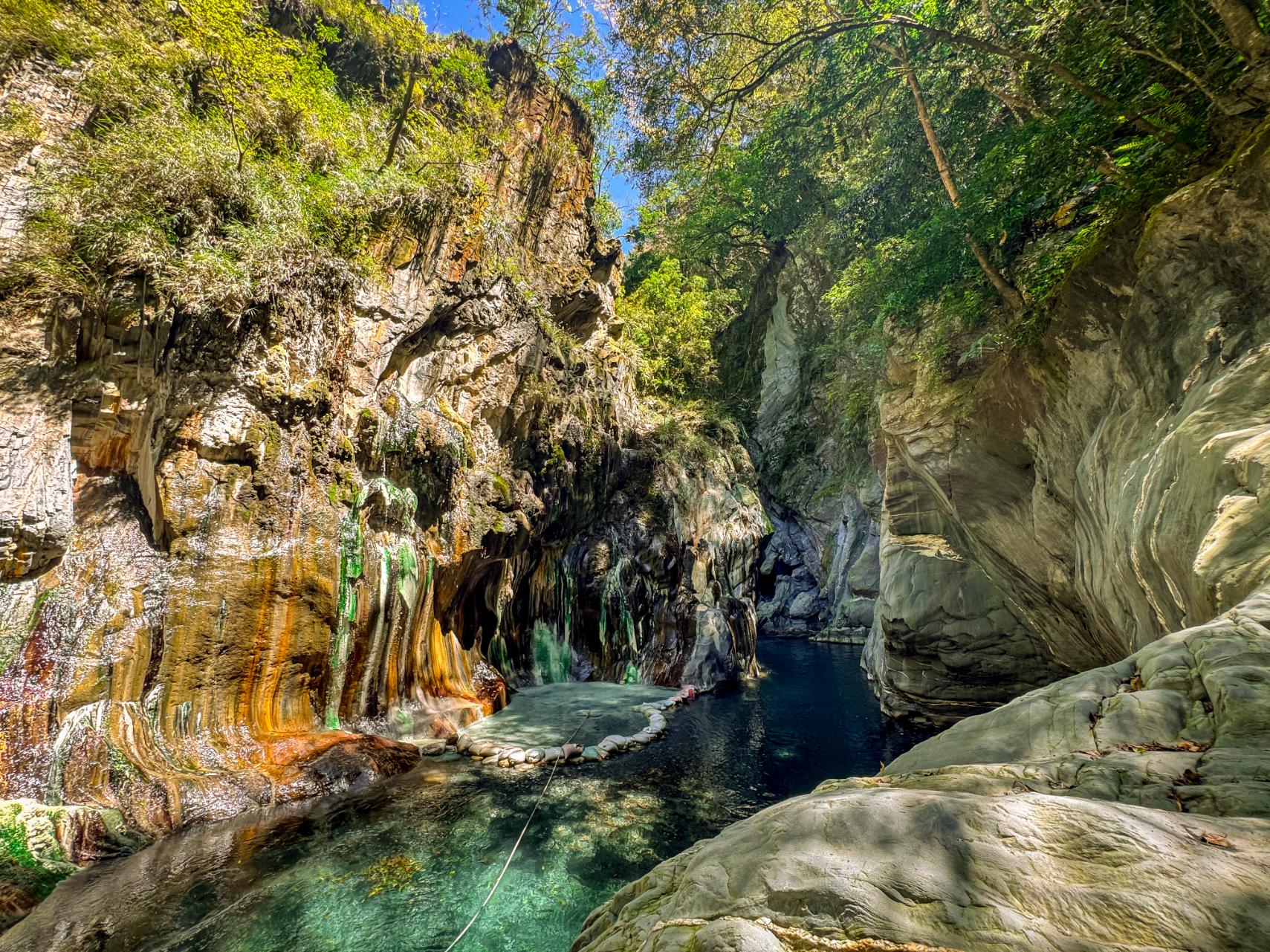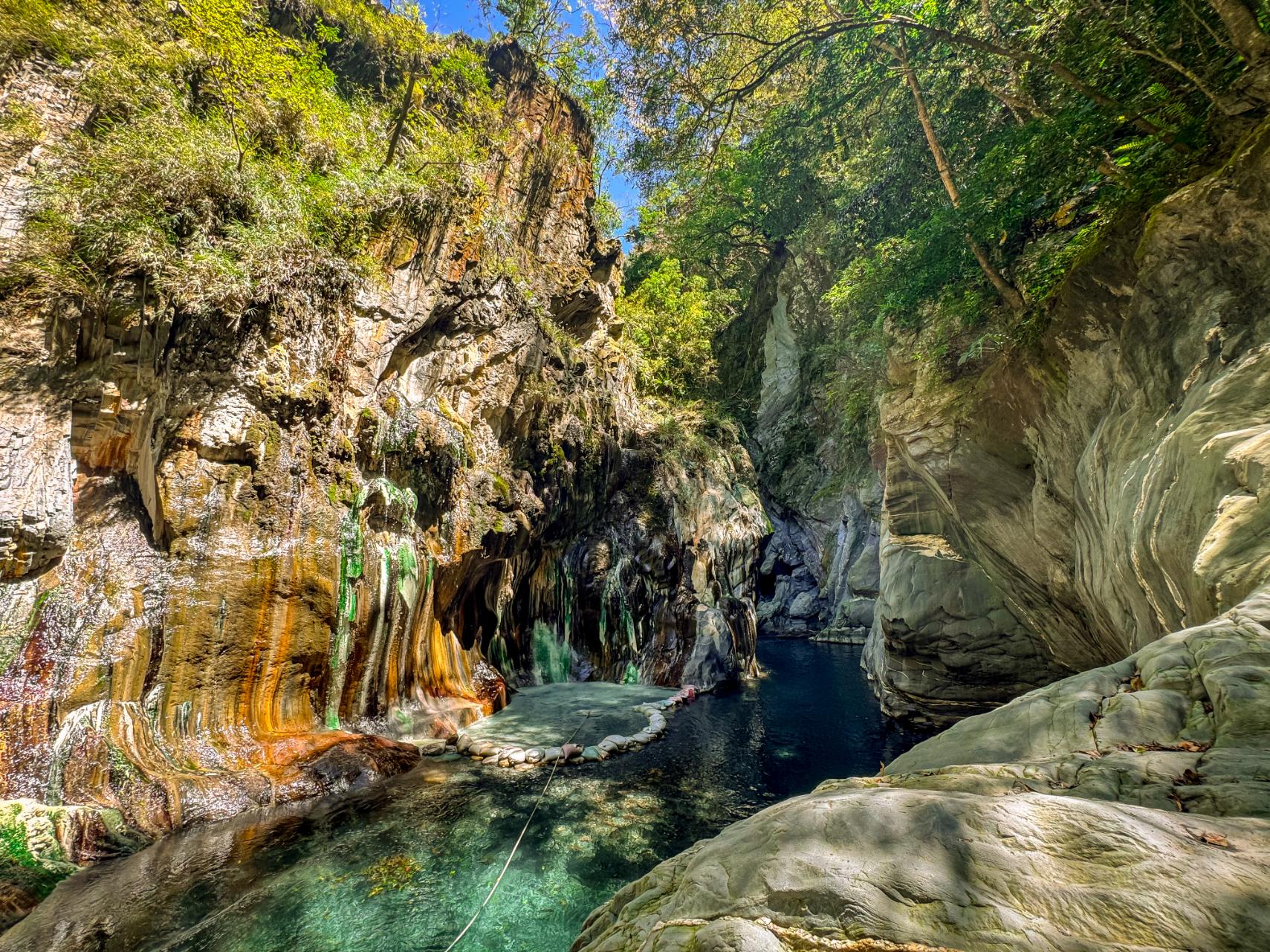
The island nation of Taiwan is located 100 miles off the southeast coast of China, situated in the collision zone between two tectonic plates. Volcanic activity has shaped Taiwan’s landscape, from its high peaks (there are 165 mountains taller than 3,000m/9,842ft) to its volcanic offshore islands. What’s more, there’s also a profusion of geothermally heated hot springs.

“I would say there's at least 100 recognised hot springs in Taiwan. Many of them occur next to rivers, just because that's where erosion starts to open up these sources,” says Michael McCreesh, a destination expert living in the country. “Across Taiwan, there’s probably about a dozen hot spring areas. There's definitely a very varied hot spring culture here, from bathing in wild hot springs to visiting a more commercialised resort.”
A Brief History of Taiwanese Hot Springs
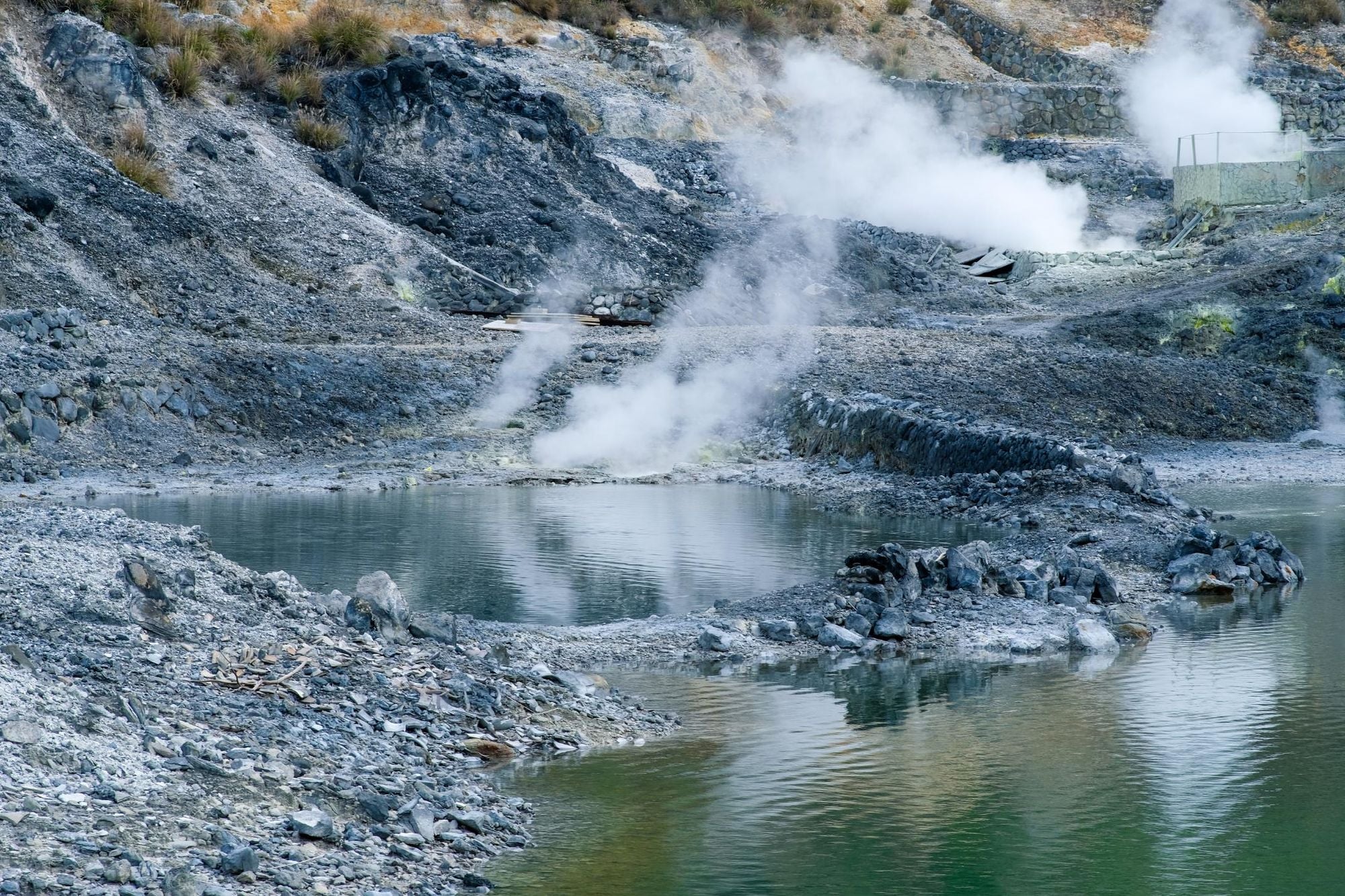
Hot springs in Taiwan have been a part of the landscape – and the culture – for centuries. Taiwan’s indigenous population have long been bathing in hot springs, but there are some geothermally active areas which were avoided, such as the region of Beitou (in the north of Taiwan near Taipei); a landscape of sulphur pits, fumaroles and steaming rivers. The indigenous Ketagalan tribe named this area "Patauw," meaning "home of the witch". Over time, the name evolved into Beitou, as it is known in Mandarin Chinese today.
The Japanese colonised and occupied Taiwan between 1895 and 1945. With a passion for soaking in hot springs (called ‘onsen’ in Japan), they were pleased to discover the hot springs at Beitou and beyond. They set up the first hot spring inn here in 1896, and more quickly followed.
In terms of the more formalised hot spring culture we see today, it’s definitely got a Japanese fingerprint on it
These resorts were initially the province of the moneyed classes, such as Japanese military and Taiwanese merchants, but public bathing also began to rise in popularity, with locals building their own natural pools out of stones in the surrounding valley. In 1913, the first public bath was built, offering free bathing facilities. It combines Japanese and European styles, with a large public bath surrounded by Roman arches and columns, lit by stained glass windows. This building is now the Beitou Hot Spring Museum.
“There's been hundreds of years of understanding these hot springs, so you can’t consider that the Japanese discovered them,” says Michael. “But in terms of the more formalised hot spring culture we see today, it’s definitely got a Japanese fingerprint on it.”
Today, there are numerous hot spring resorts across Taiwan, catering to a range of budgets. In the more high-end resorts, you can expect private bathing pools, spa treatments and ornate meals. The public hot springs have fewer frills - expect mixed gender bathing pools of different temperatures (for which a swimsuit is required). You can also visit hot spring restaurants, where water from the mineral springs is used to cook eggs, ramen and more.
Wild Hot Springs
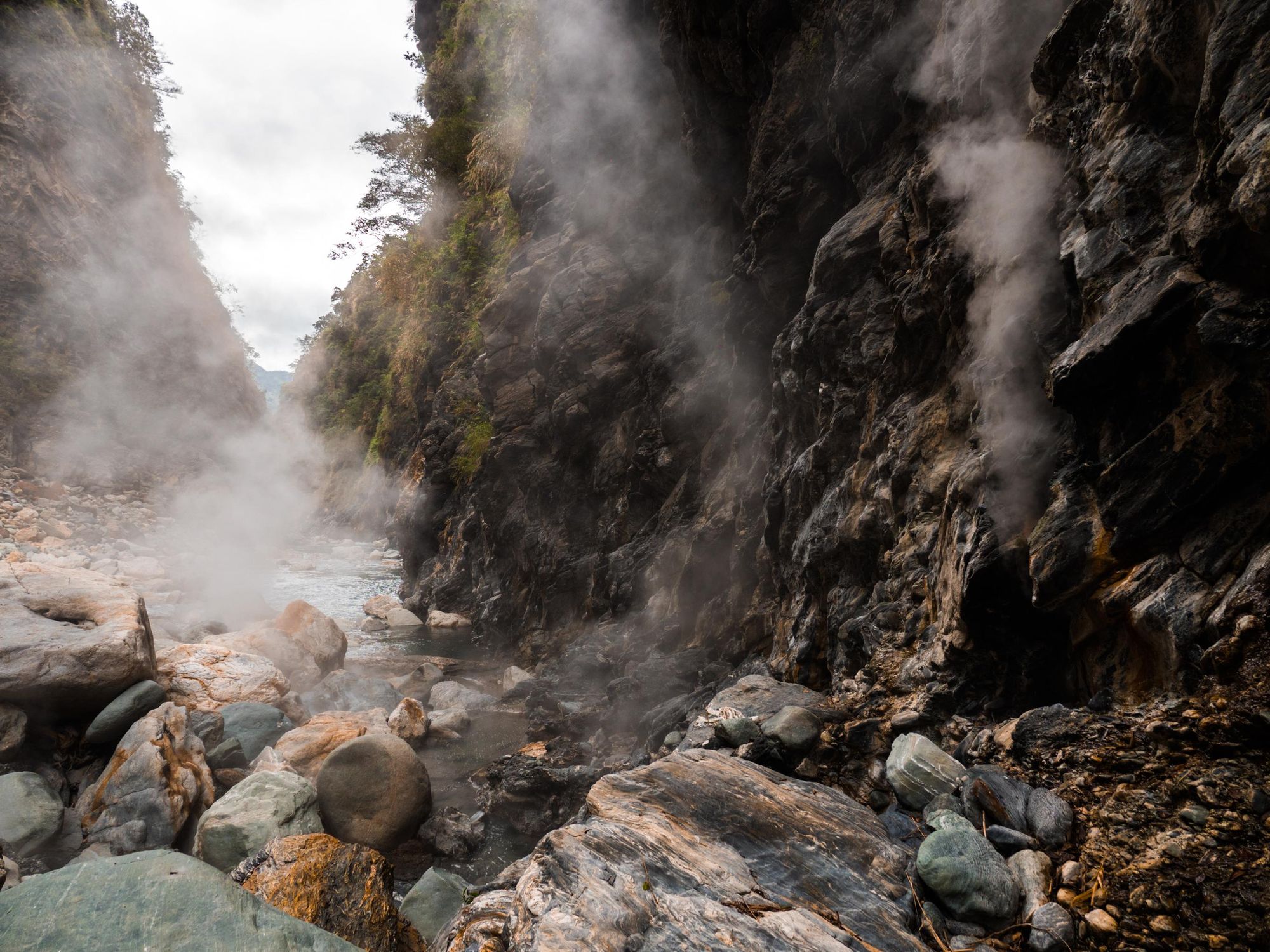
Michael prefers to eschew the resorts in search of wild hot springs, reached by trekking through the forest or following the path of a river.
“In Taiwan you'll do these things called river traces, which is like canyoning, but not as technical,” he says. “You'll trace your way up the riverbed. Sometimes, you're bouldering and jumping into the river and you'll arrive at these hot springs where people will build pools out of rock.”
There’s a culture of building and maintaining these wild hot springs. So while you're there enjoying the hot spring, you build up the walls and make sure that the flow is working right
These natural spas are collaborative endeavours. “There’s a culture of building and maintaining these wild hot springs,” he continues. “So while you're there enjoying the hot spring, you build up the walls and make sure that the flow is working right. It's a bit of an art: you take some of the flow of the river then the water cools off the hot spring.
“One of the challenges is that in Taiwan, the rivers are short and narrow and we get a lot of rain. They're quite rugged and susceptible to varying water levels. So you can go to any wild hot spring and have a great experience in idyllic natural surroundings. But if you go there after a lot of rain, it might have been washed away. That's part of the appeal for a lot of people, though. They'll go camping out there and spend the weekend rebuilding the hot spring.”
Taiwan’s Hot Spring Regions
Hot springs can be found everywhere in Taiwan, from flat plains to river valleys and near volcanic mountains. The highest concentration of hot springs are found in northern Taiwan, along both sides of the Tatun Volcano Group, in Yamingshan National Park. These are some of the main hot spring regions.
Beitou
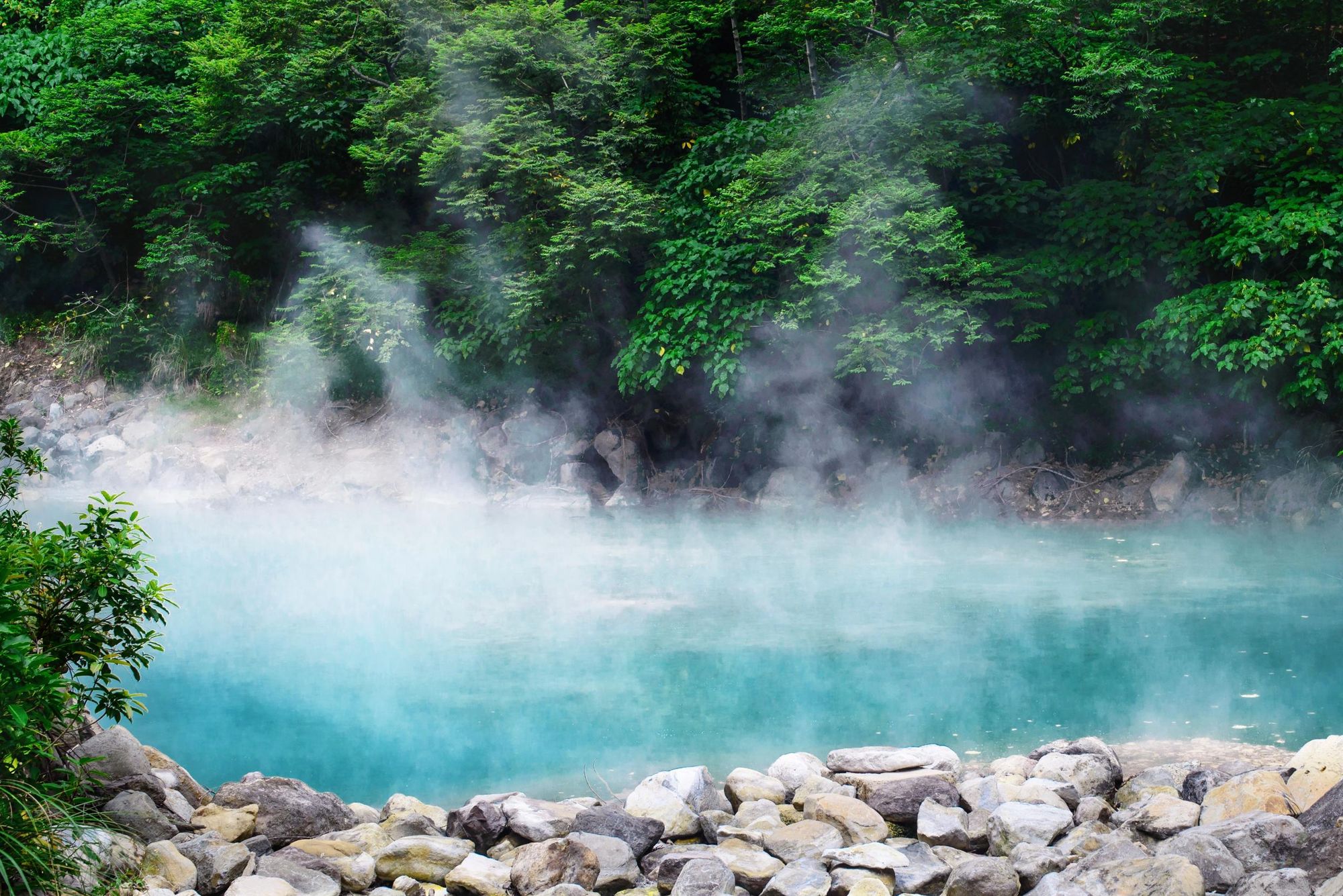
This district in Taipei is renowned for being the place where the Japanese created the first hot spring resort. The area is renowned for the diversity of its springs, including green sulphur, white sulphur and iron oxide. Over time, it has evolved into a popular destination with over thirty resorts, public and private bathhouses.
There are plenty of attractions to visit, including the Beitou Hot Springs Museum and Thermal Valley, also known as "Hell Valley," where temperatures can reach up to 90°C.
Yangmingshan
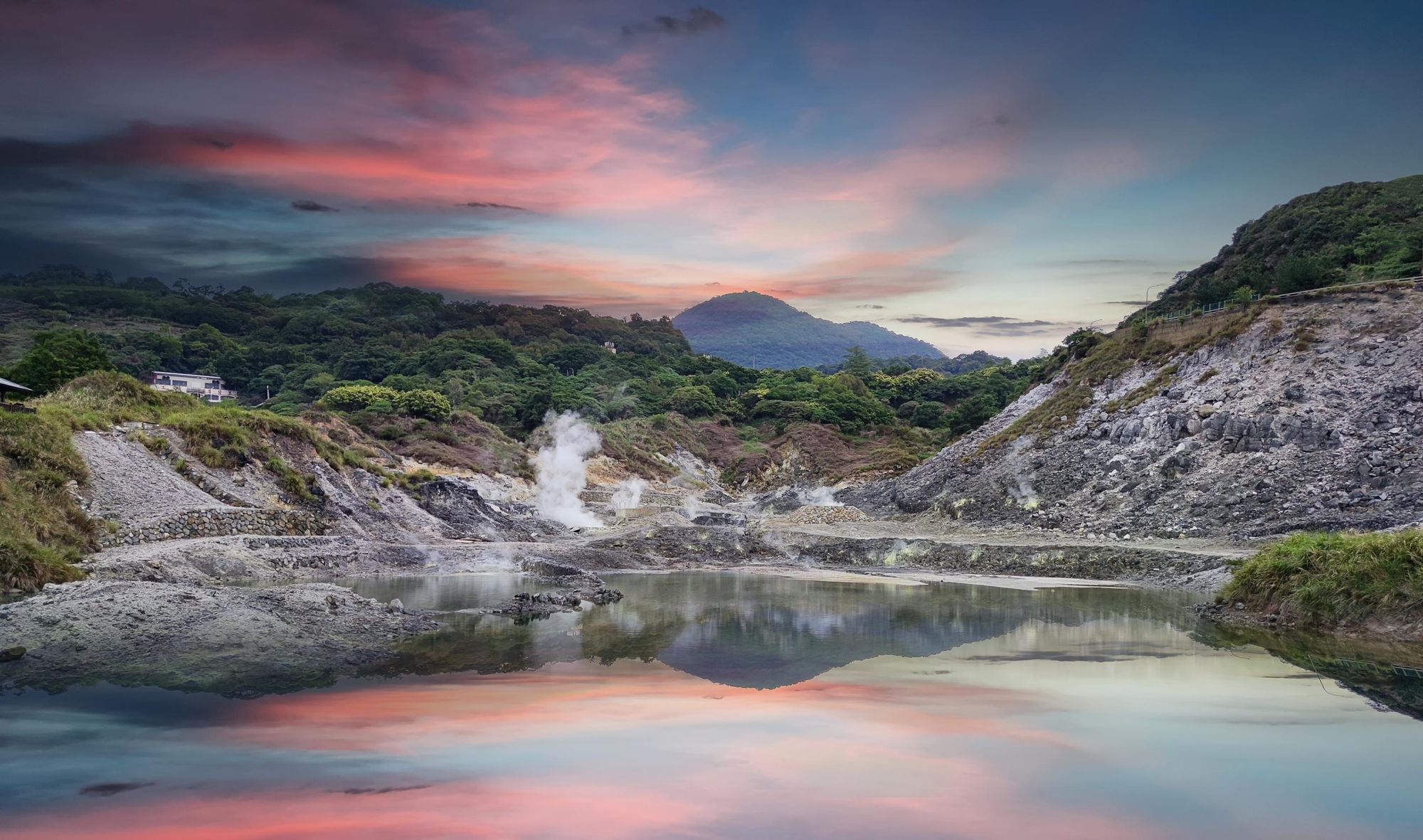
If you want to get out into nature, consider visiting the hot springs located within Yangmingshan National Park.
“It hugs the north side of Taipei but it’s a fascinating place, because it’s an active volcanic area,” Michael says.“There are a lot of sulphur springs and steam vents here. It’s the type of place you can go for a hike, since there are a lot of volcanic peaks to climb, and soak afterwards.”
It’s a fascinating place, because it’s an active volcanic area. There are a lot of sulphur springs and steam vents here
In some areas (such as Sulfur Valley, pictured) full immersion in the natural springs isn't allowed as the temperature is too high, although there is a pool where you can bathe your feet. However, there are plenty of wild hotsprings and resorts within Yangminshan where you can bathe.
Jiaoxi
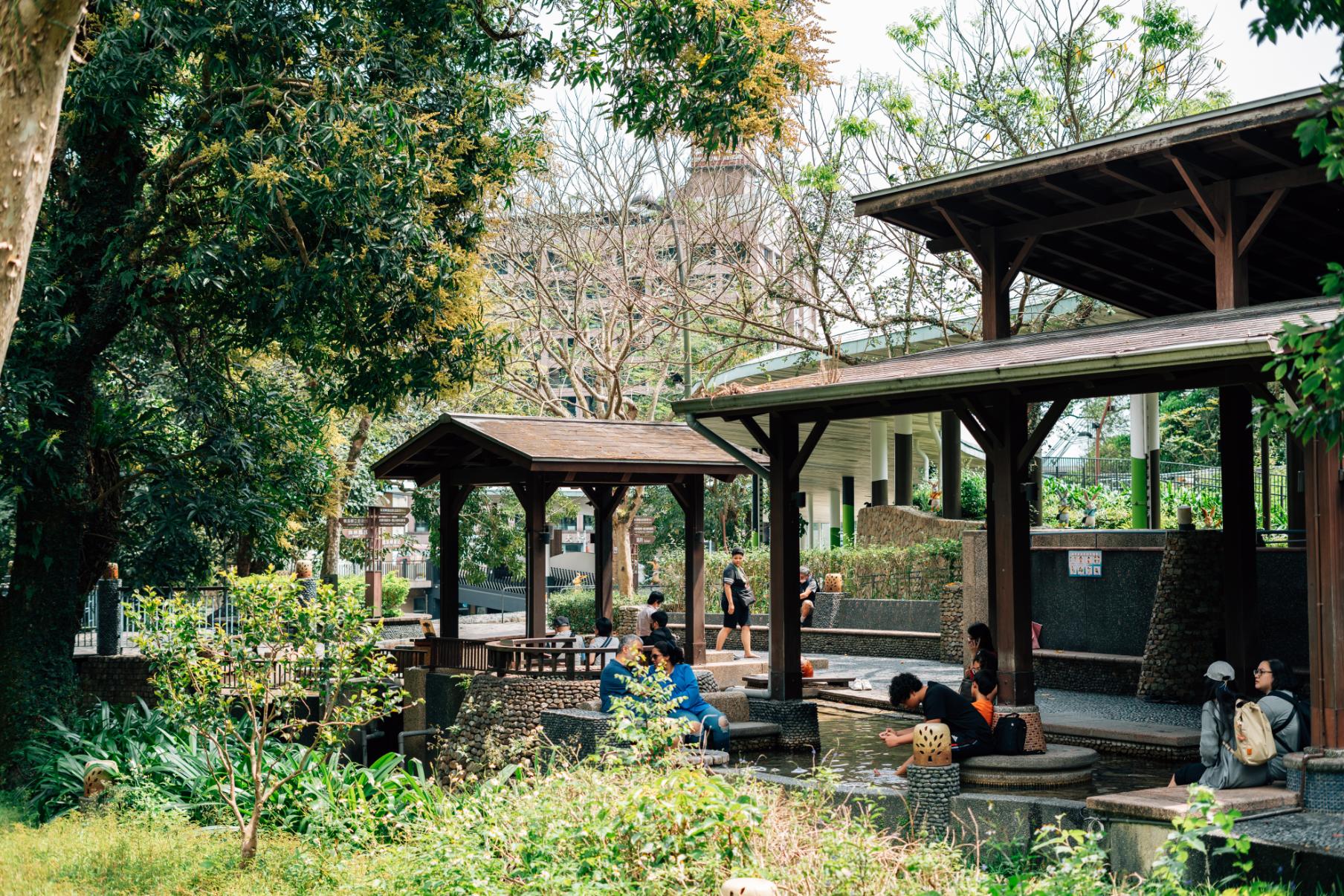
The hot spring town of Jiaoxi is located in Yilan County. “It’s about an hour drive without traffic from downtown Taipei City, so it’s the type of place where people go for an overnight stay or weekend away,” Michael says. “There's a ton of hot spring resorts, but then there's also some public places where people can put their feet into sulphur water and have that hot spring experience.”
Jiaoxi is known for its sodium bicarbonate hot springs, which are odourless, clear, and rich in minerals like sodium, magnesium, calcium, and potassium. The water maintains a temperature of around 58°C and is known for leaving the skin smooth. Hot spring hot pot is a speciality at the restaurants here, with local vegetables cooked in the spring water.
Ruisui
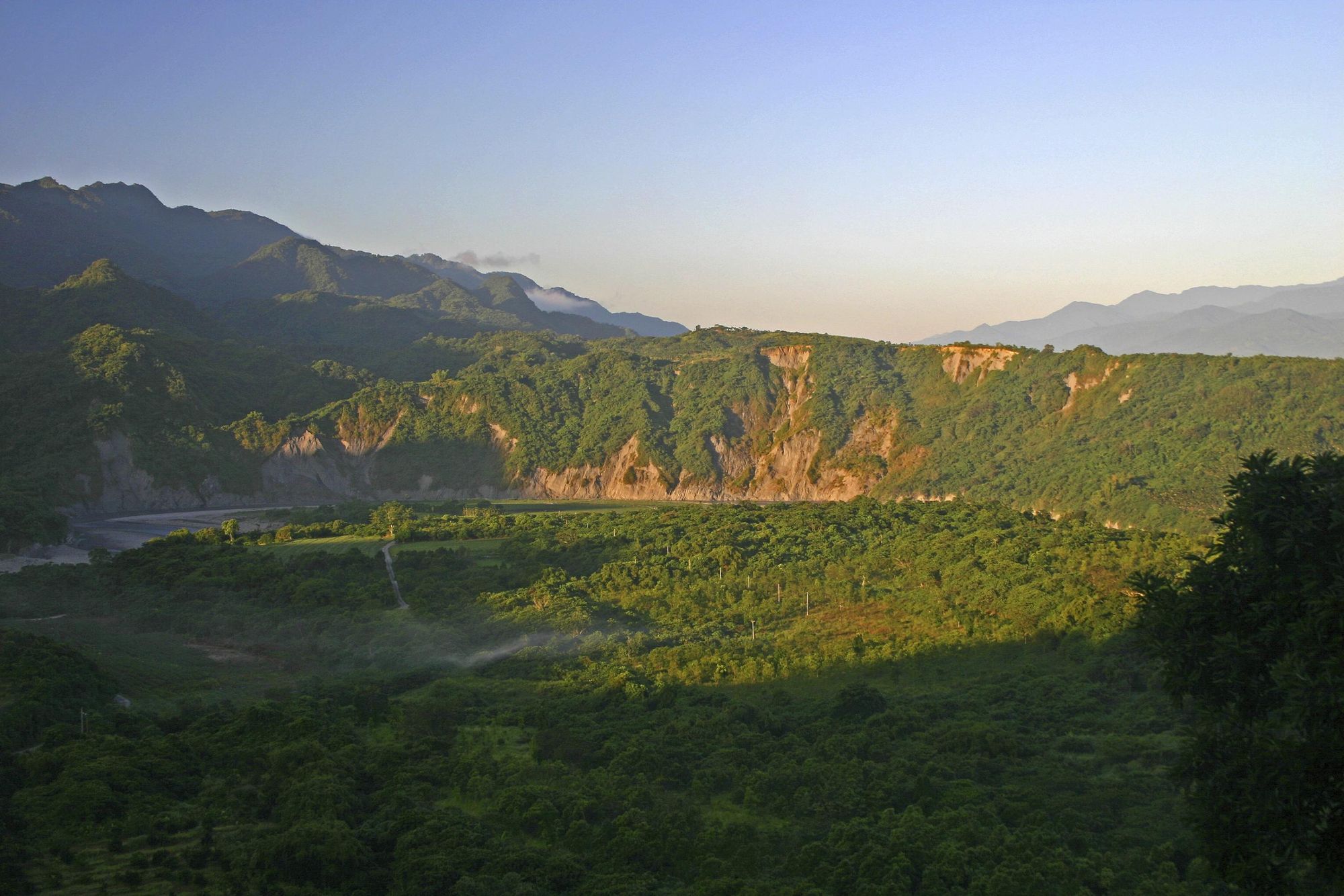
The Ruisui Hot Springs were developed by the Japanese in 1919 as a public bathing area and resort for entertaining police officers, and the number of spas and hot spring resorts here has increased in recent years.
In Ruisui you’ll find colourless sodium bicarbonate springs, alongside the ‘golden hot springs’, which have yellowish water due to oxidised iron.
Jhihben
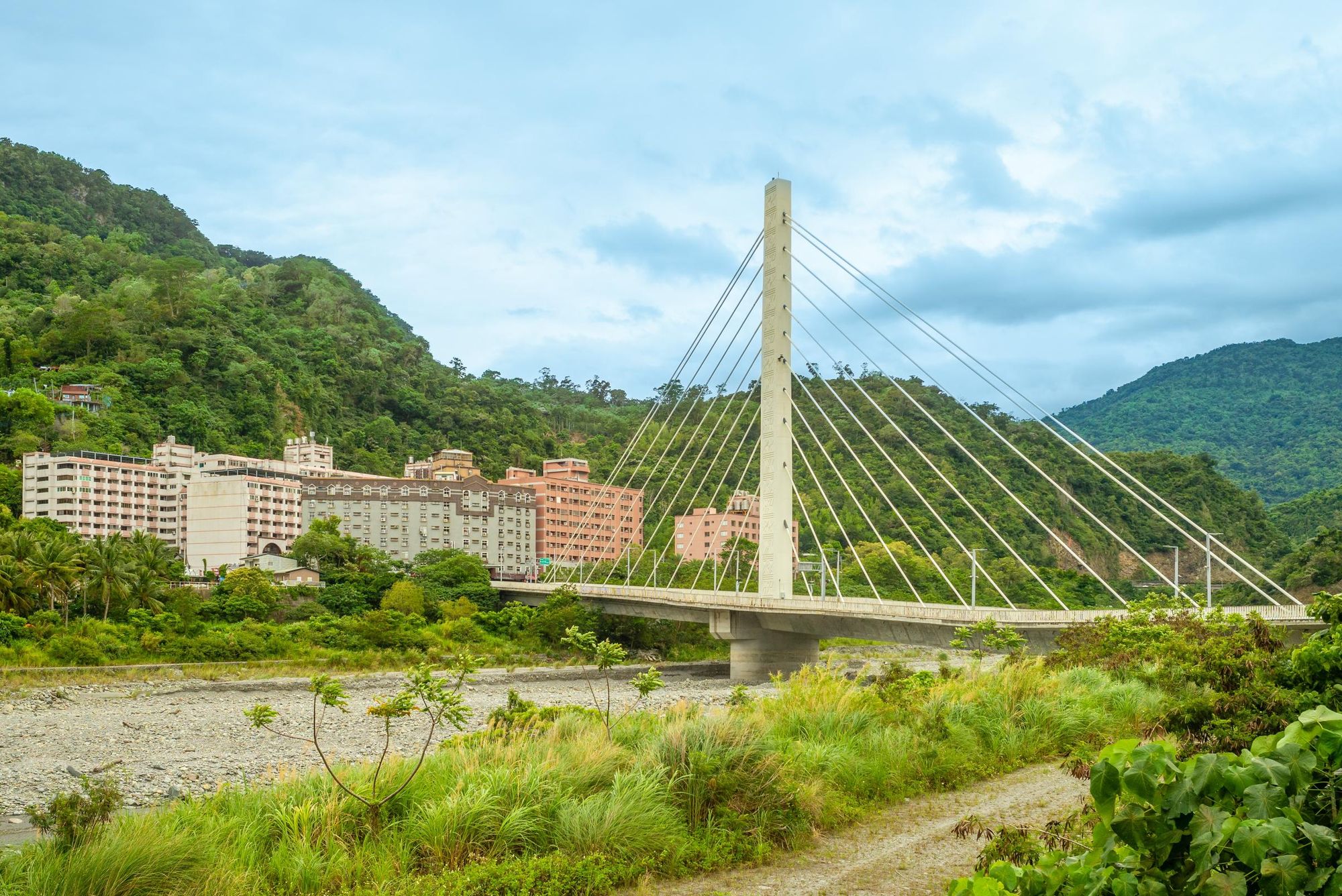
Located in Taitung County, Jhihben (also spelled Zhiben) is a well-known hot spring destination in southeastern Taiwan. The area features a variety of hot spring hotels and resorts. However, it stands out because of its spectacular scenery – a backdrop of lush forests and mountainous terrain.
5 of the Best Hot Springs in Taiwan
Taiwan's geothermal variety means no two hot spring experiences are quite the same. Whether nestled deep in mountain valleys, surrounded by subtropical forest, or part of a refined resort, these five hot springs offer a glimpse into the diverse ways to soak across the island.

1. Lisong Hot Spring (South Cross-Island Highway, Taitung County)
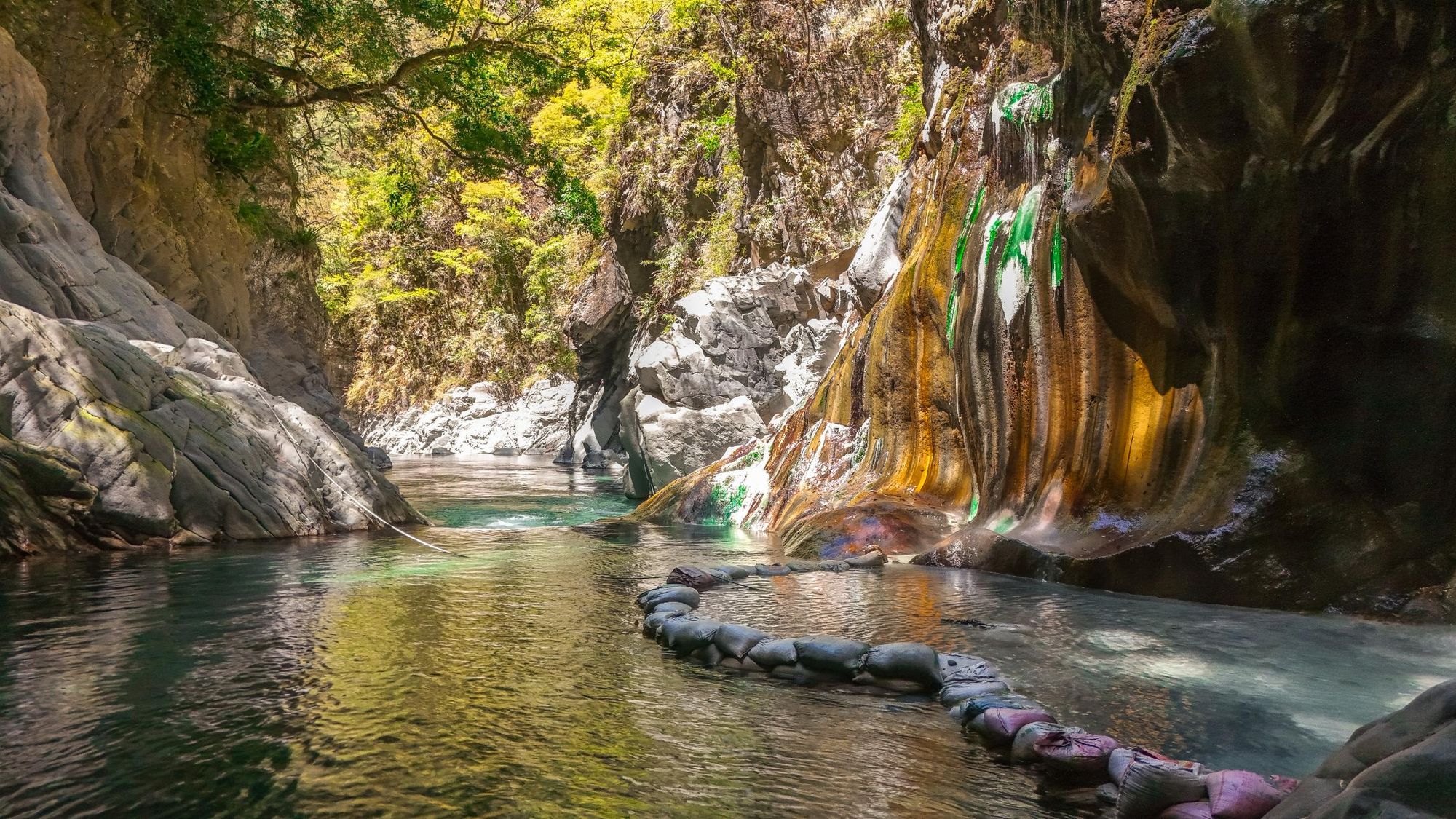
Lisong is a wild hot spring in a steep mountain gorge, with walls streaked in mineral hues of green and yellow. Reached by a challenging trail and river trace, this remote spring rewards adventurers with vivid green waters, waterfalls and dramatic stone formations.
Lisong is an incredible place; it’s considered one of the most beautiful hot springs in the country
“Lisong is an incredible place; it’s considered one of the most beautiful hot springs in the country,” Michael says. “It is very well maintained in the sense that it's a wild hot spring, but people have hiked down with sandbags and filled them with gravel to create a stable pool.”
2. An Tong Hot Springs Hotel (Hualien County)
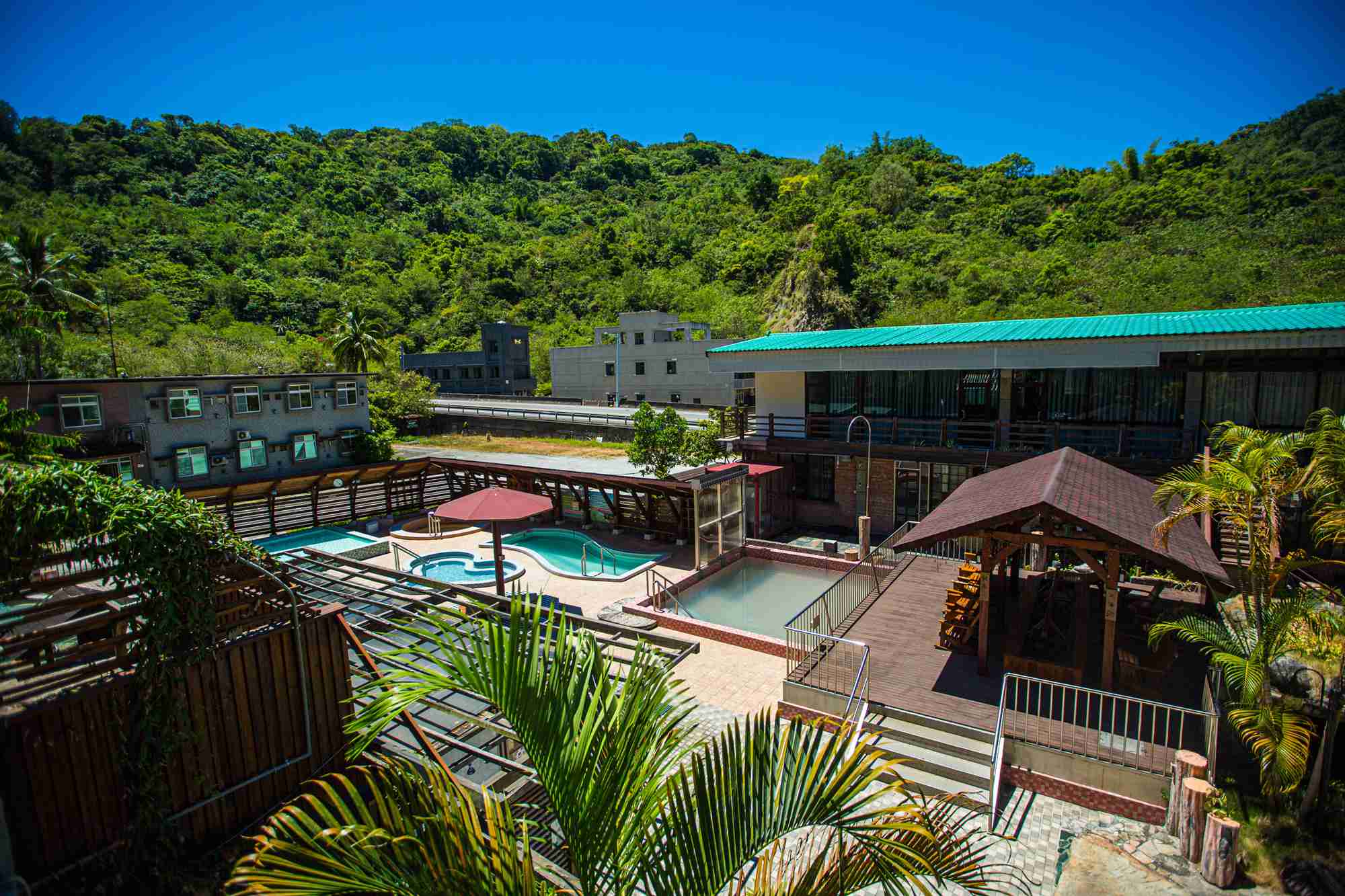
Set in the East Rift Valley, this resort has a fascinating history. “It was originally created by the Japanese police officers who controlled the aborigines along the Batanguan Trail; it’s just a short drive from the trailhead,” Michael says. “They found the hot spring source and they built bathing facilities there – so it’s basically a converted old police station.”
3. Si Zhongxi Qingquan Japanese Hot Spring Hotel
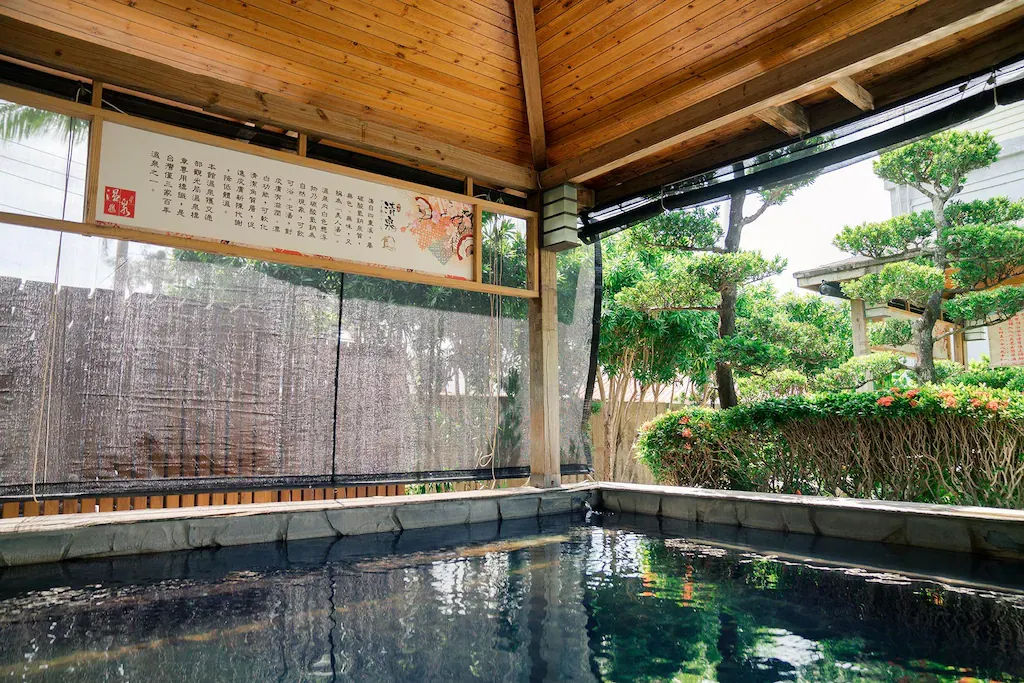
This hot spring hotel has a royal pedigree - it was built by Takamatsunomiya Imperial Prince Nobuhito during his visit to Taiwan in the Showa period. The hotel is situated near the famous Sichongxi stream, known for its centuries-old sodium bicarbonate hot springs.
4. Sileng Hot Spring (Taipei / Yilan border)
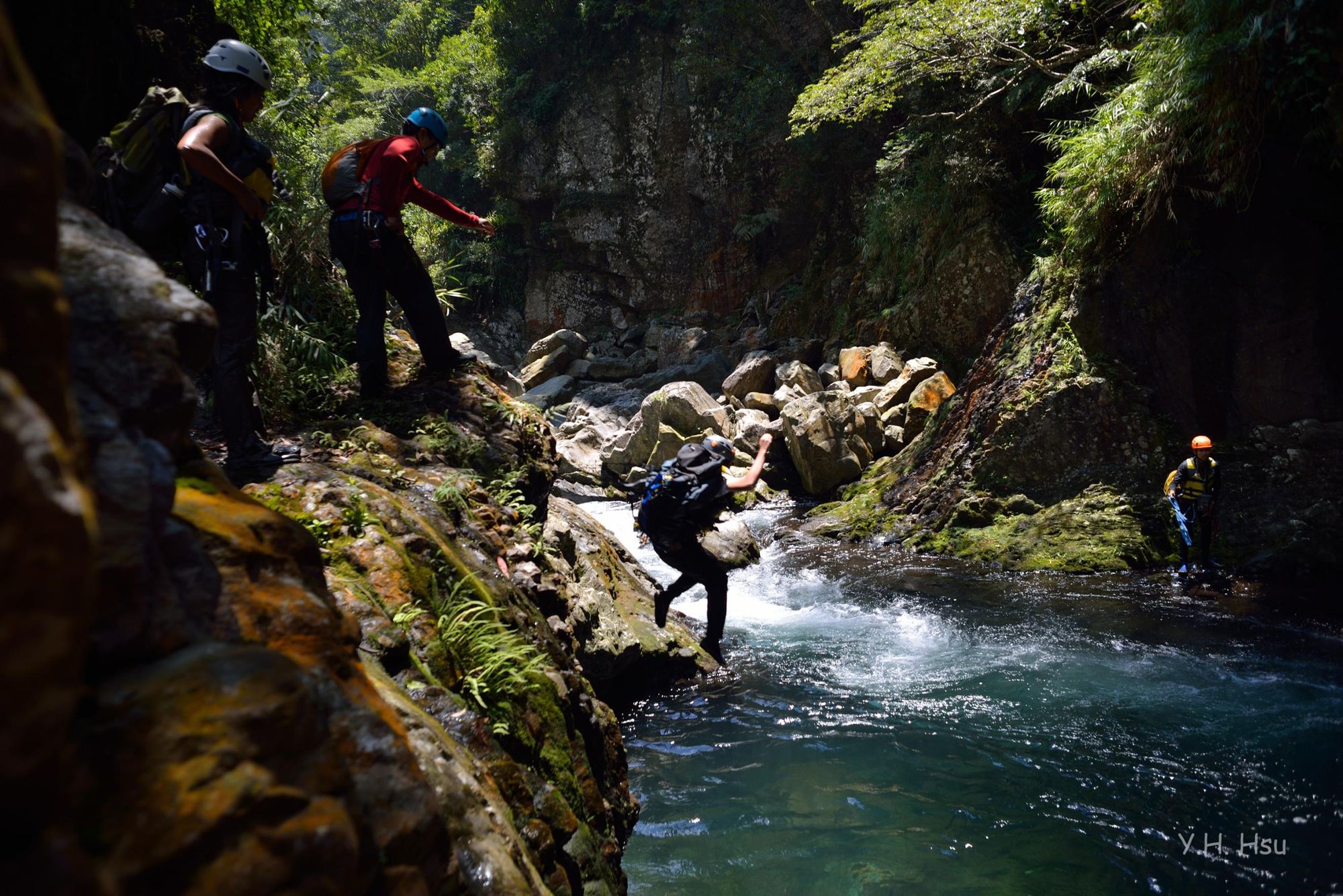
Tucked away in a forested valley, Sileng is a wild spring beloved by hikers. There’s a short hike to reach it, along dirt trails and featuring several roped sections along a rocky outcrop. After around 40 minutes you’ll reach a river, with a waterfall gushing into it. Another alternative is a more challenging river trace upstream to the spring.
The hot spring itself is in a river, surrounded by high rock walls and natural rock pools. This makes it an ideal spot for a dip. Cross the river to reach the hot spring on the other side. The water is hot so it needs to be mixed with river water. However, you’ll normally find rock pools made and maintained by other hikers; a perfect example of Taiwan’s DIY hot spring culture.
5. Su’ao Cold and Hot Spring (Yilan County)
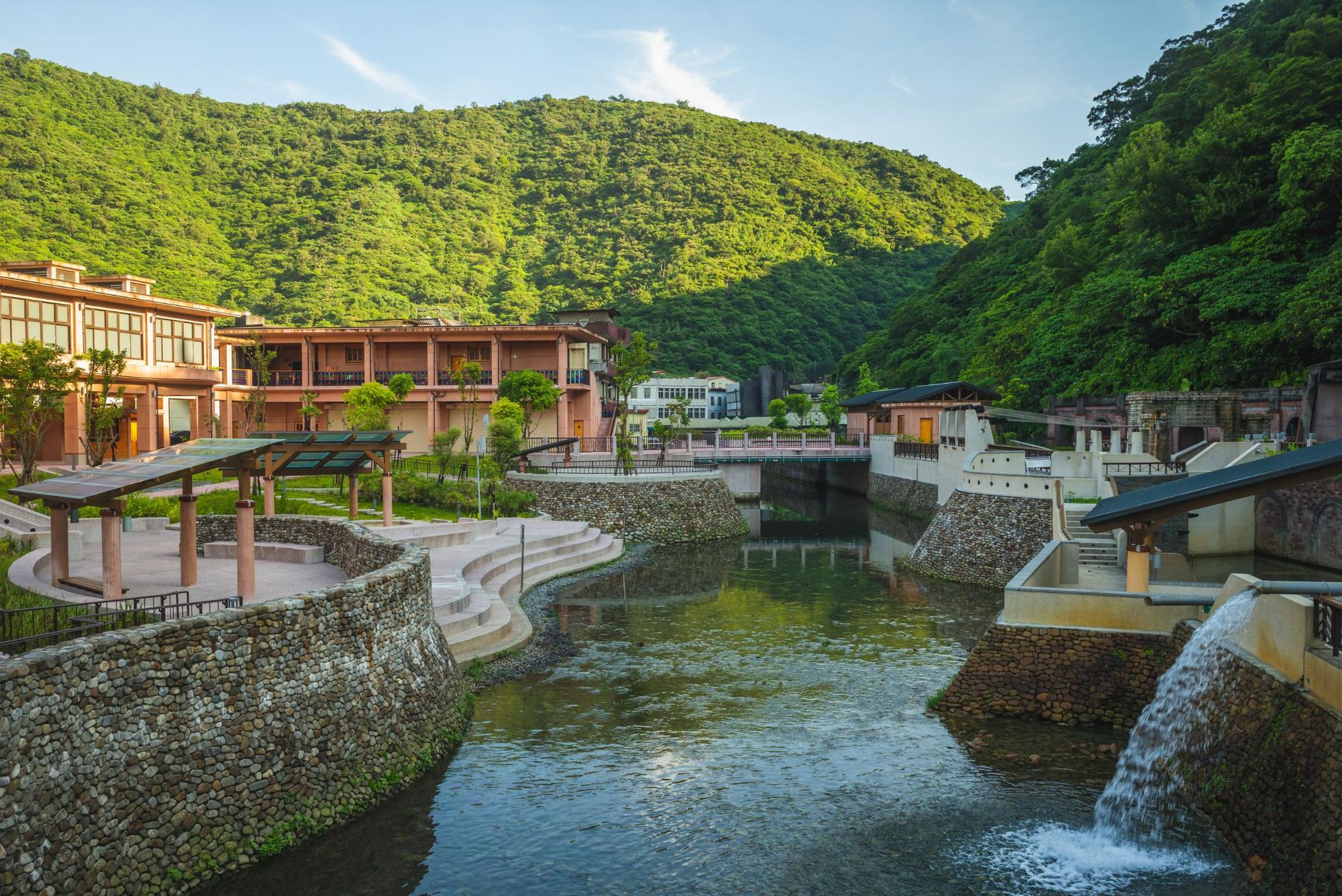
Su’ao is a hot spring destination on Taiwan’s east coast. “It has a hot spring but it also has a cold spring which is really unique,” Michael says. “That’s not favourable in the winter time but it's a pretty cool experience when it's 35 degrees centigrade and 40 with the humidex and you jump into a cold spring.”
Inspired? Soak in Lisong and An Thong on our Ultimate Adventure Through Taiwan.


